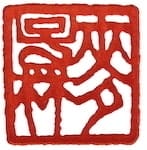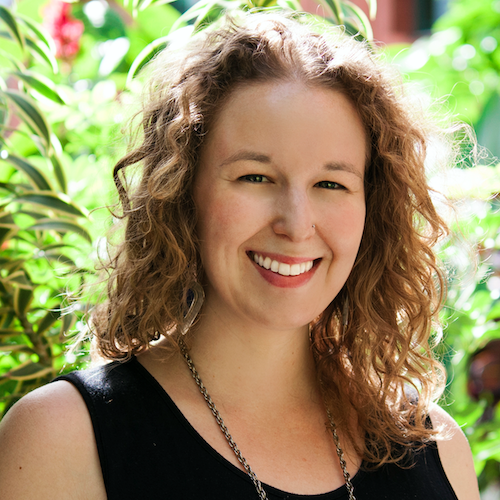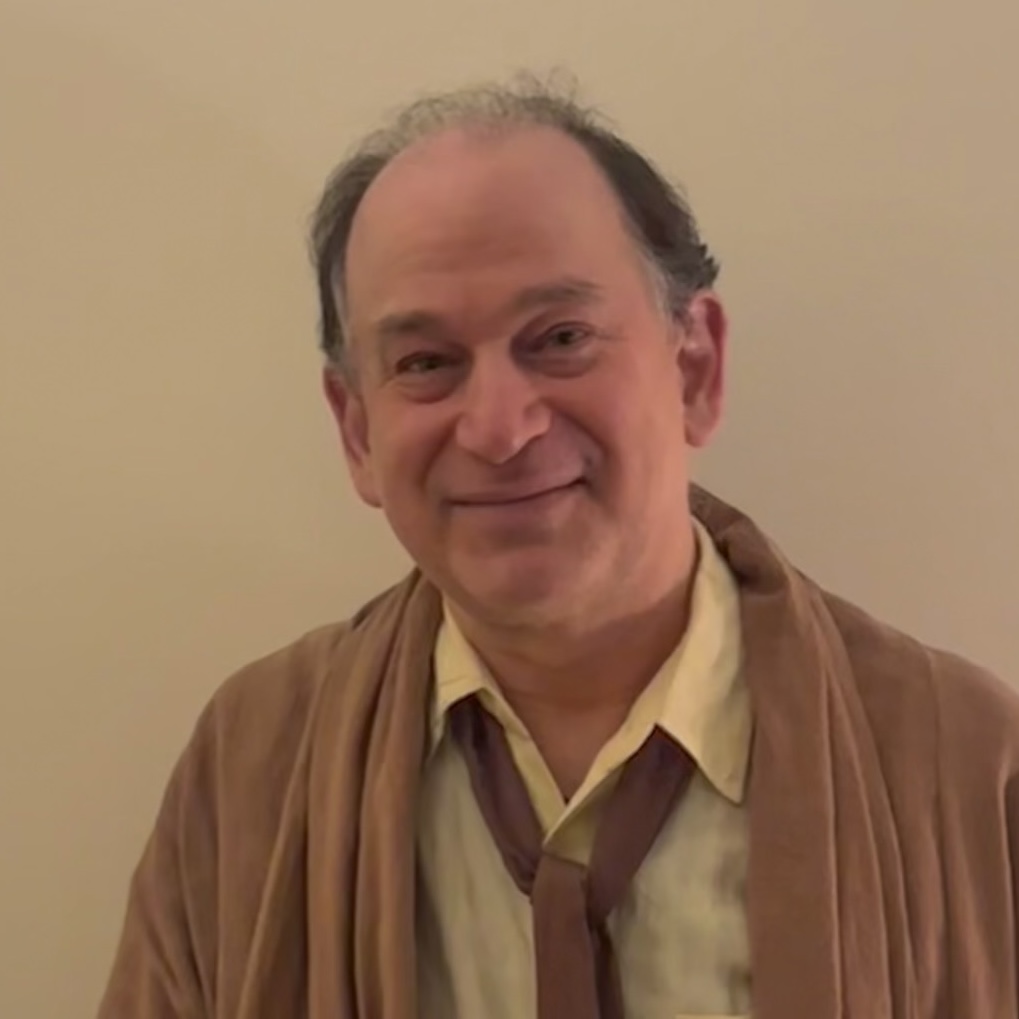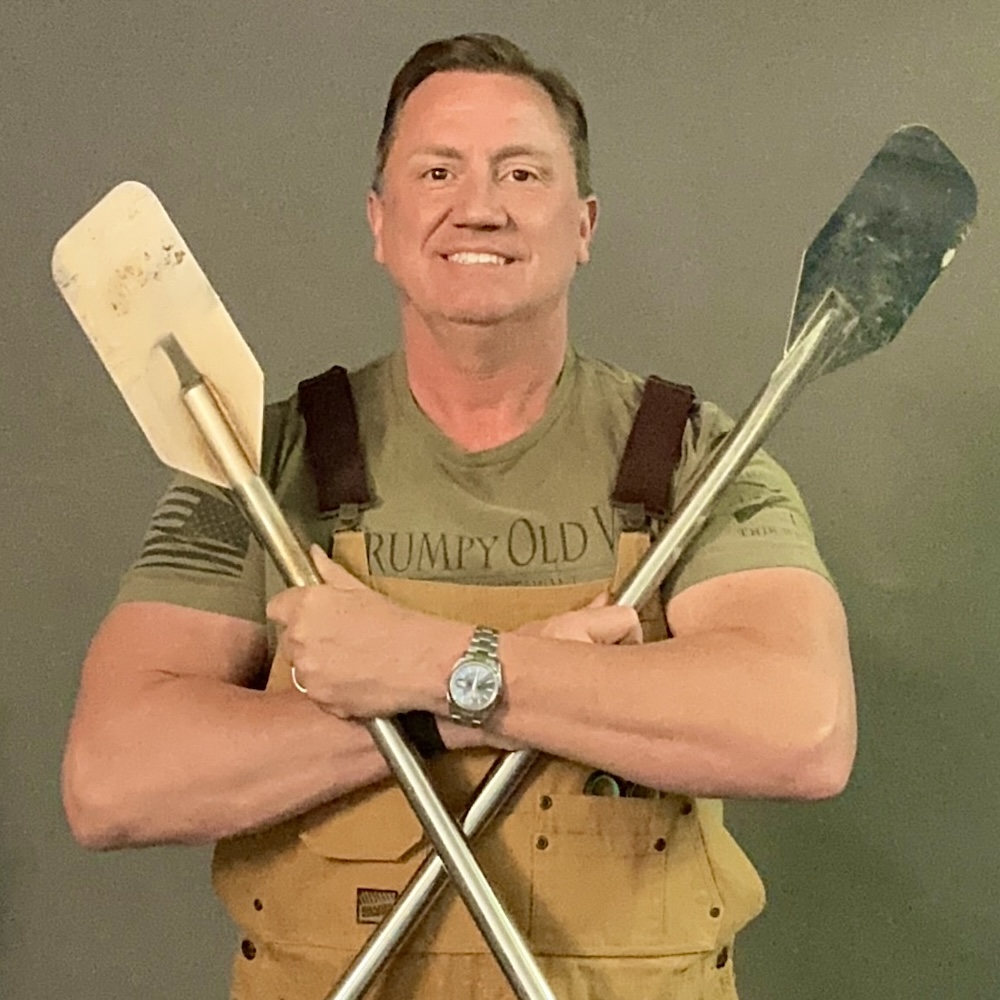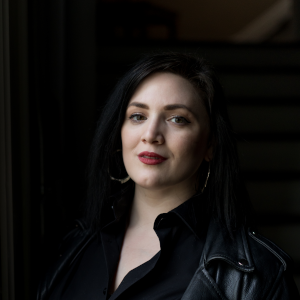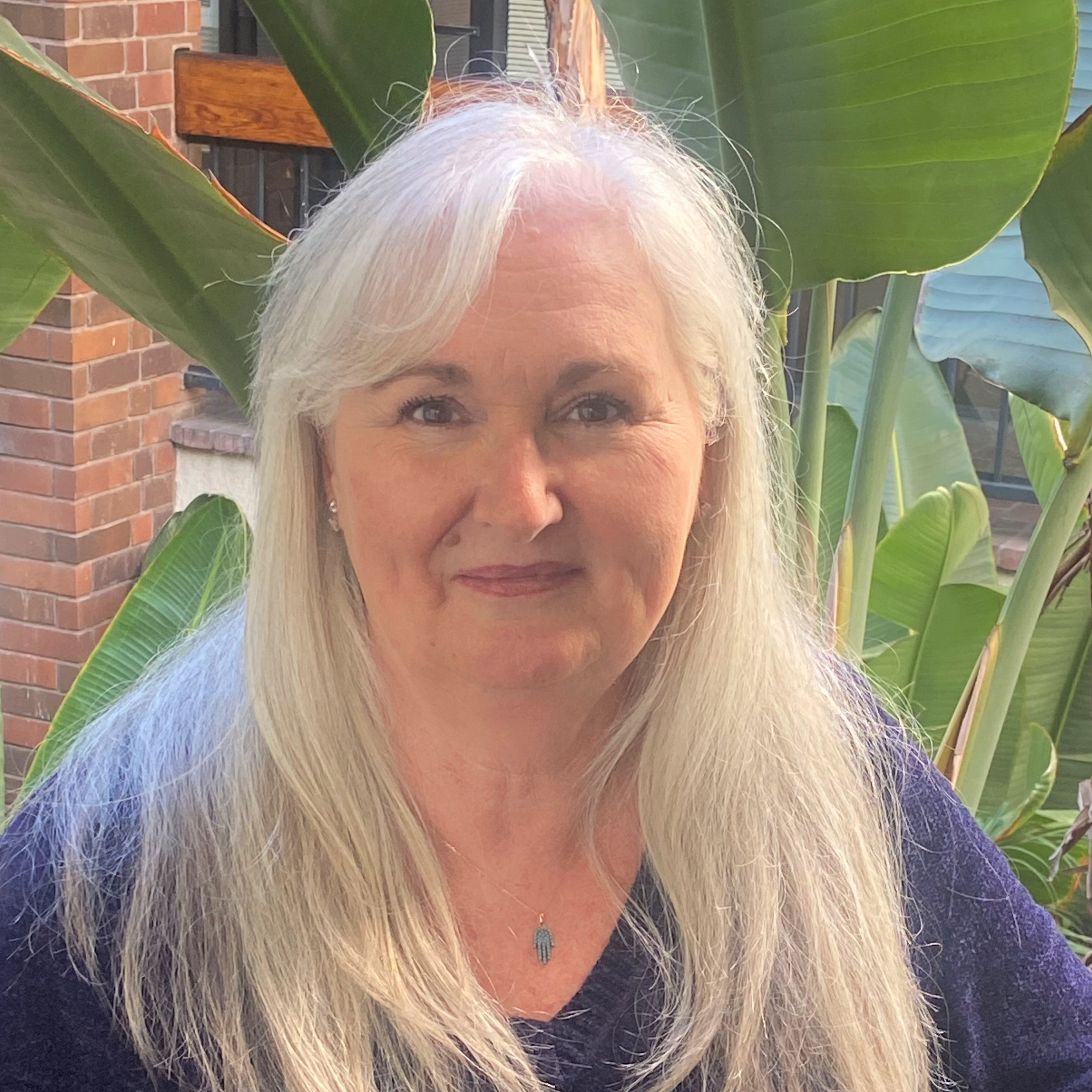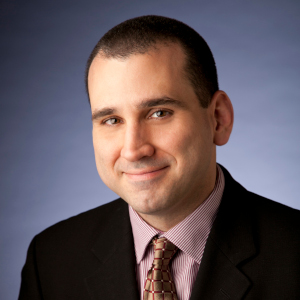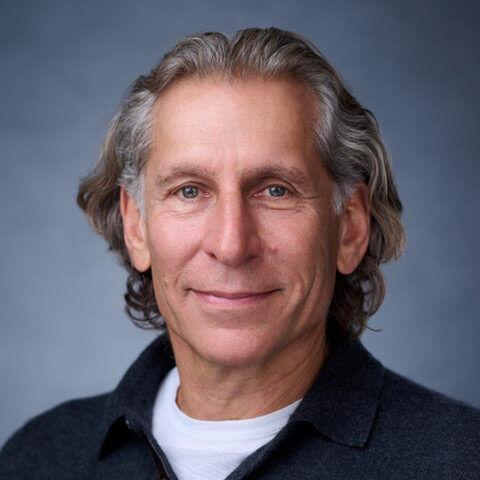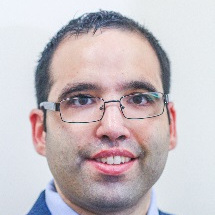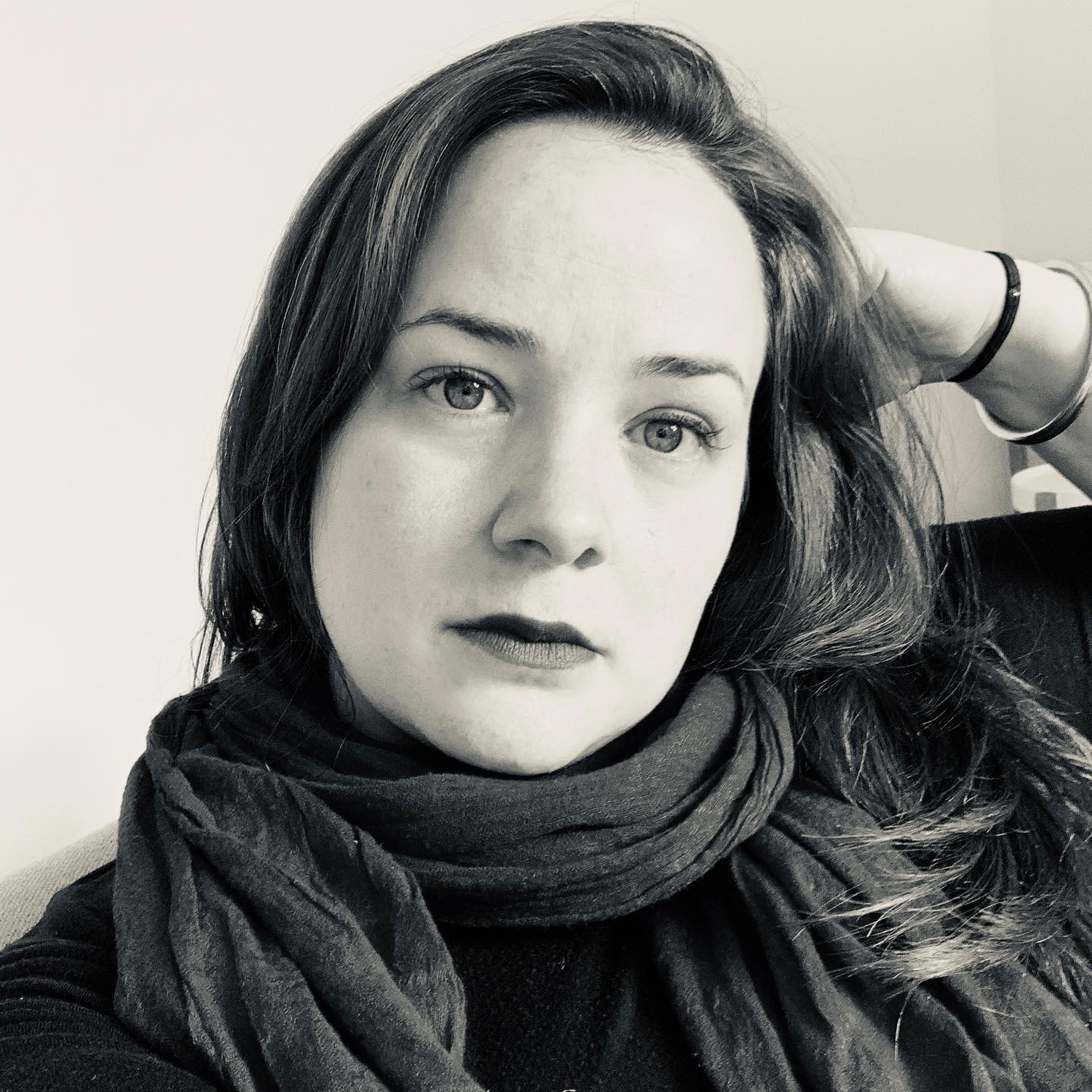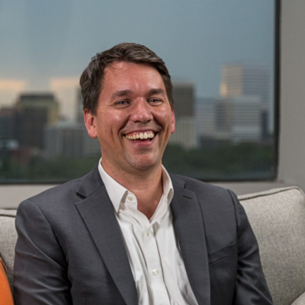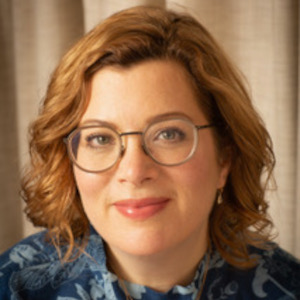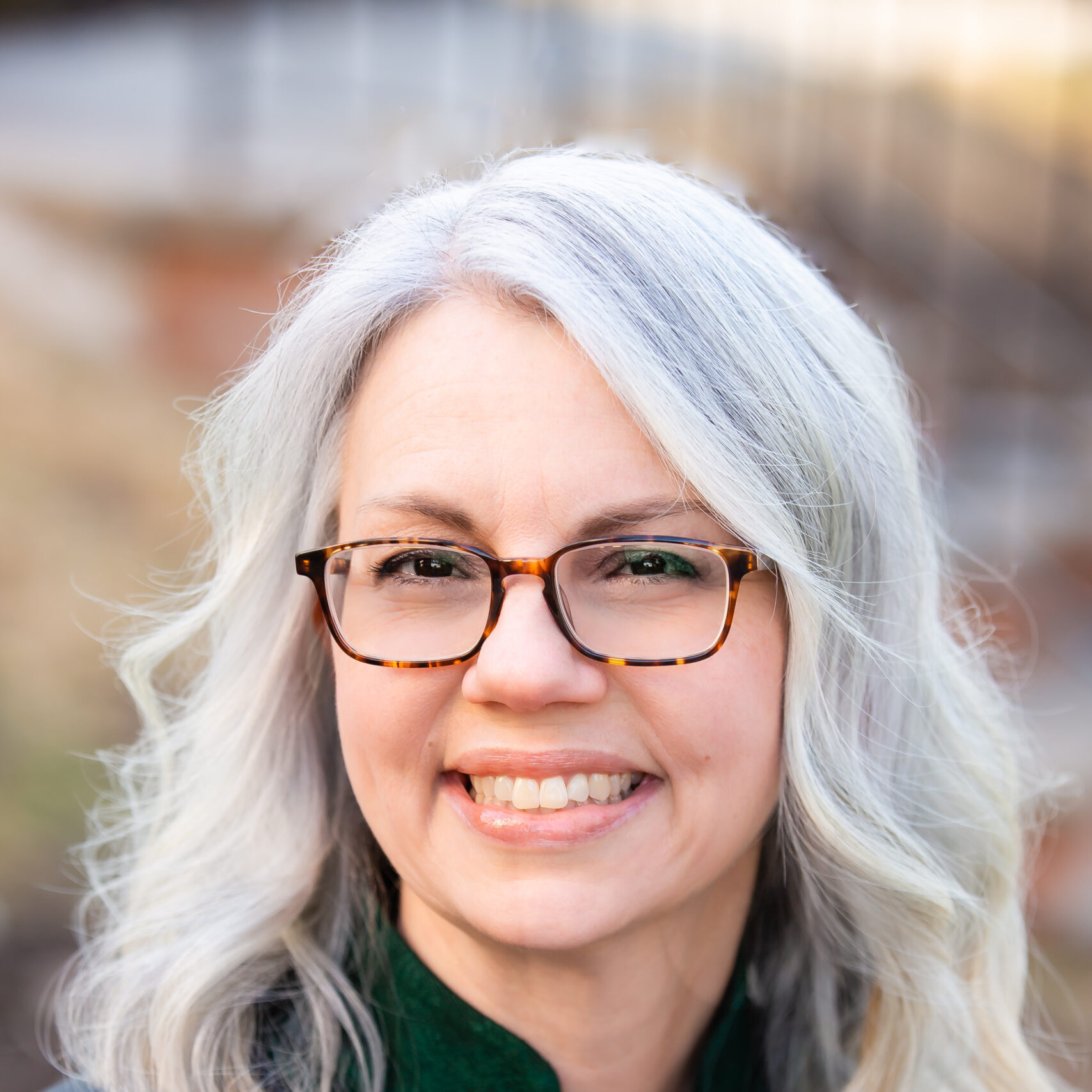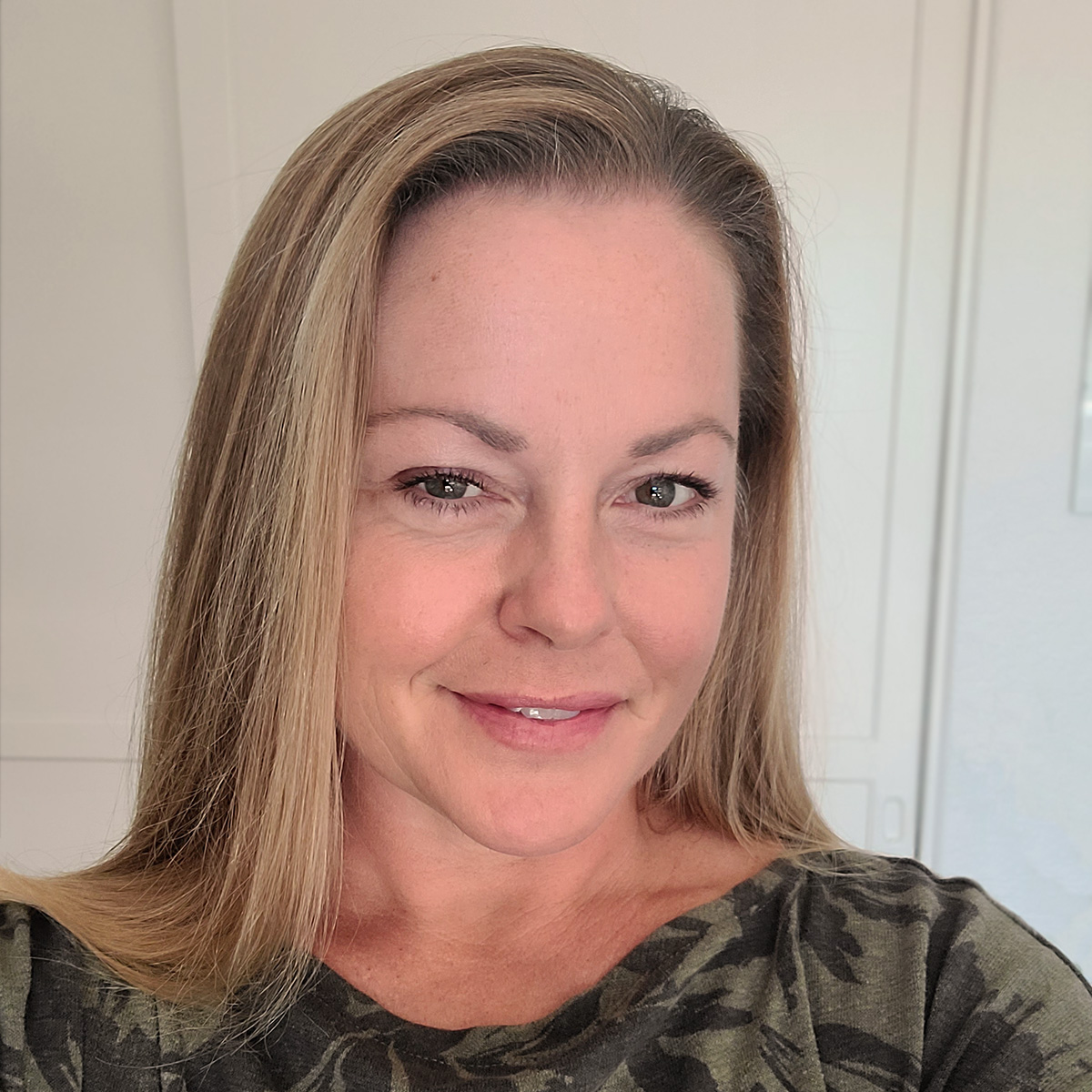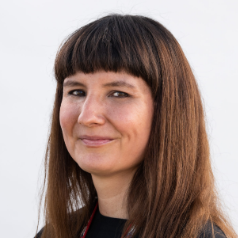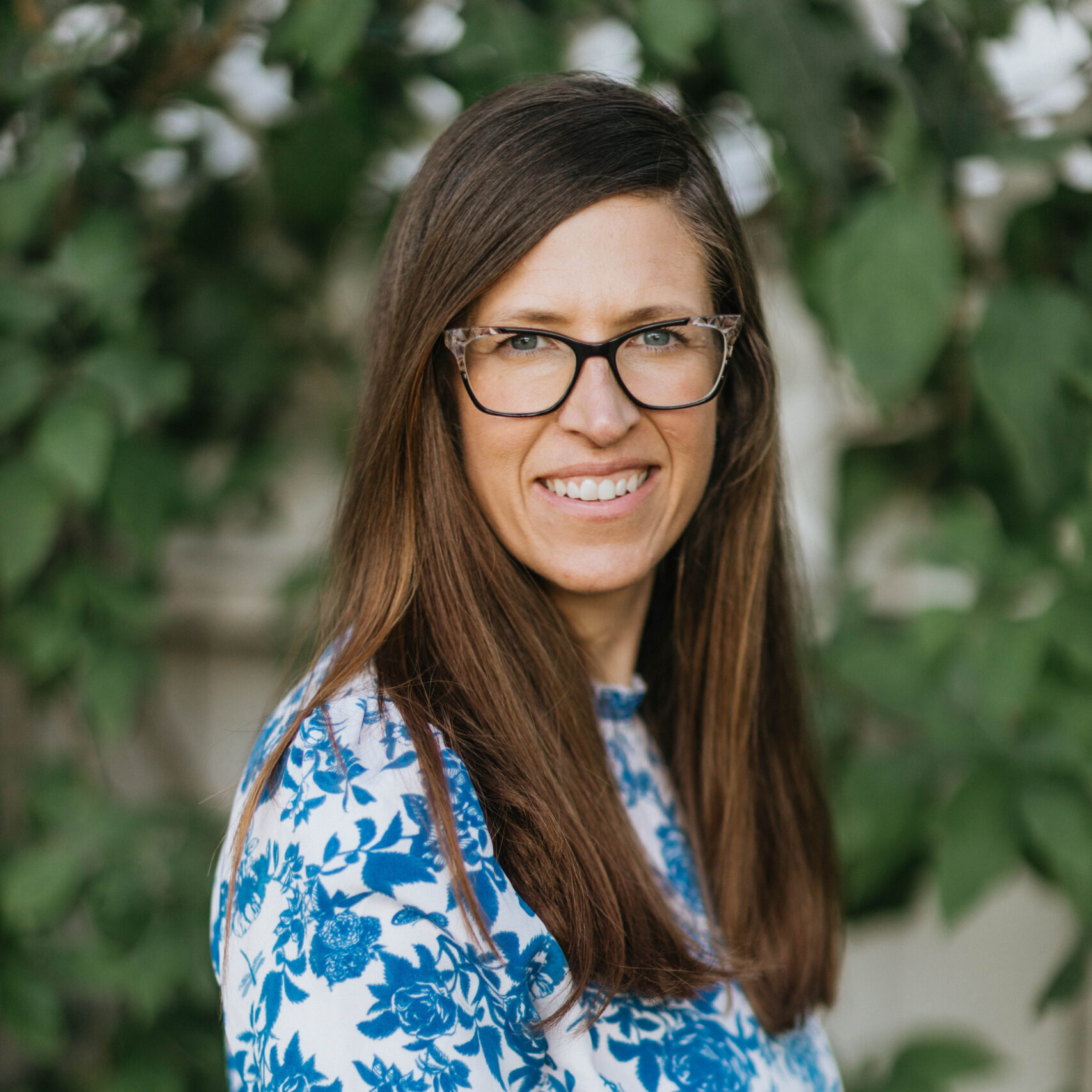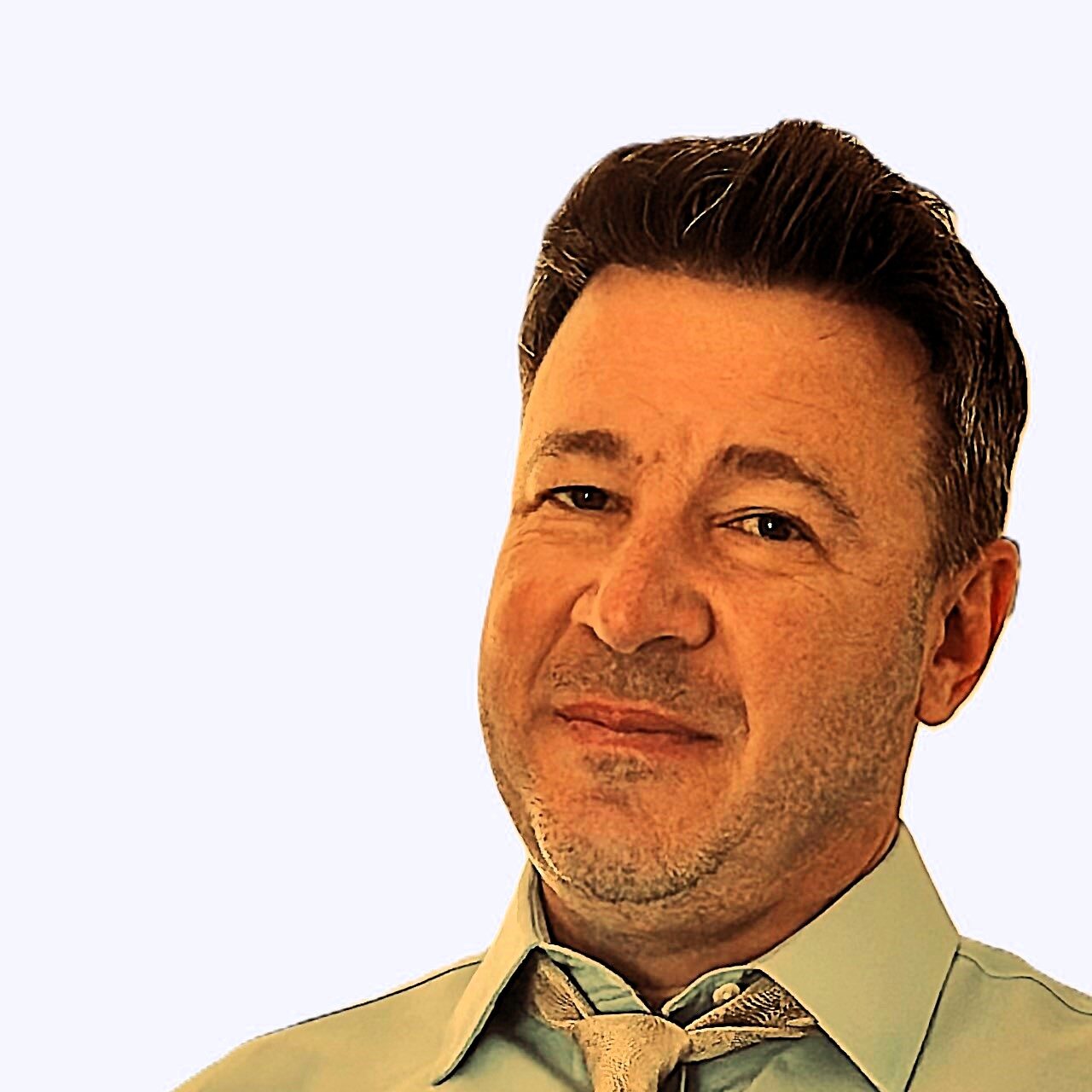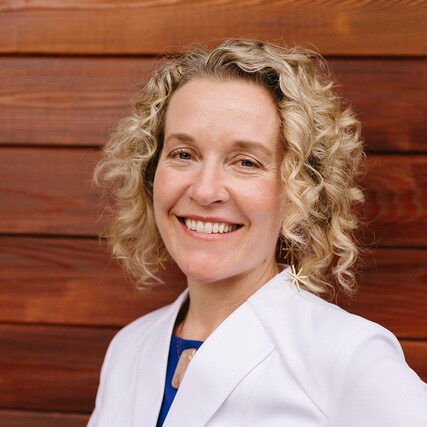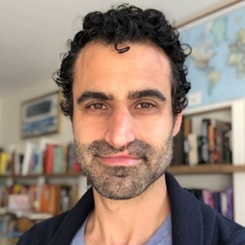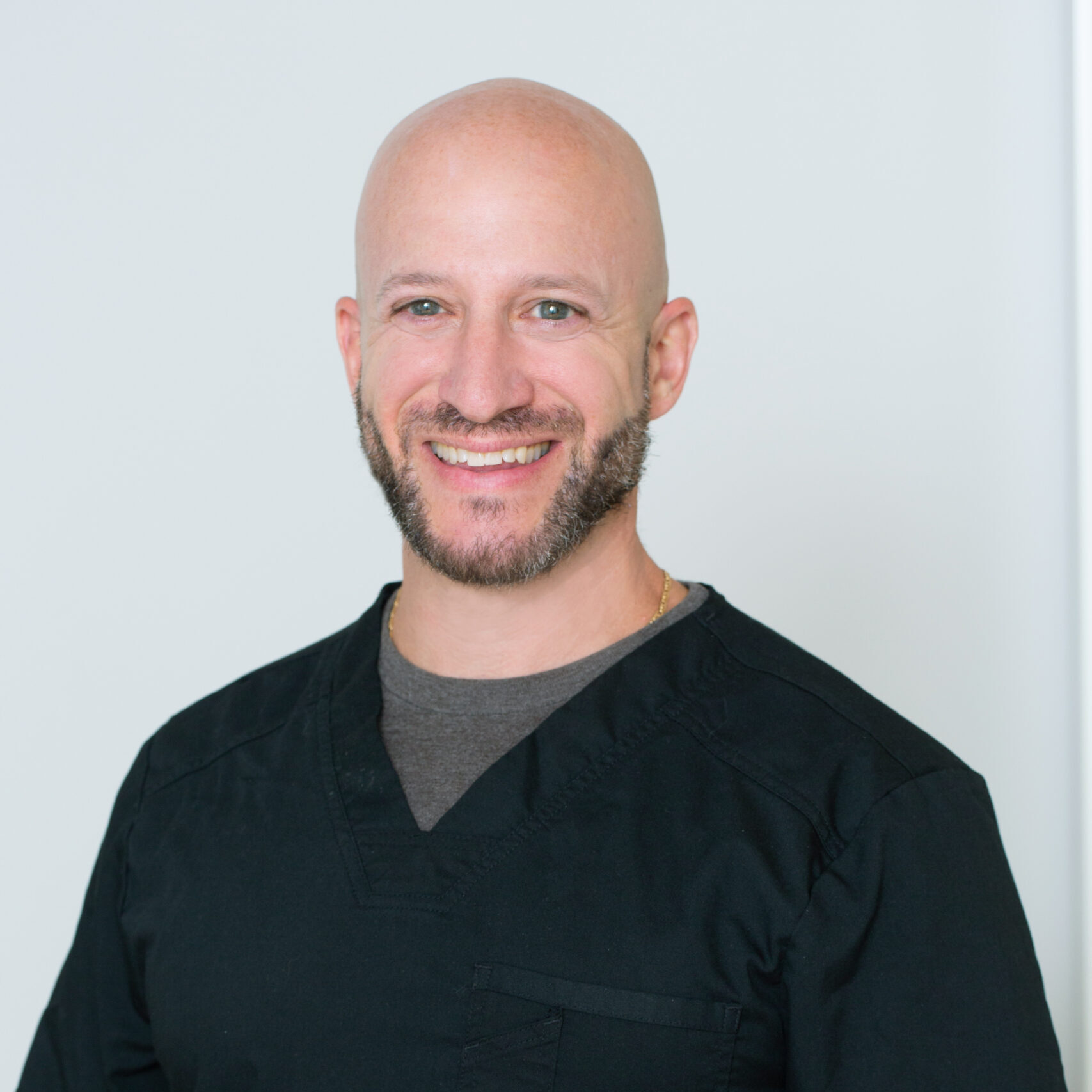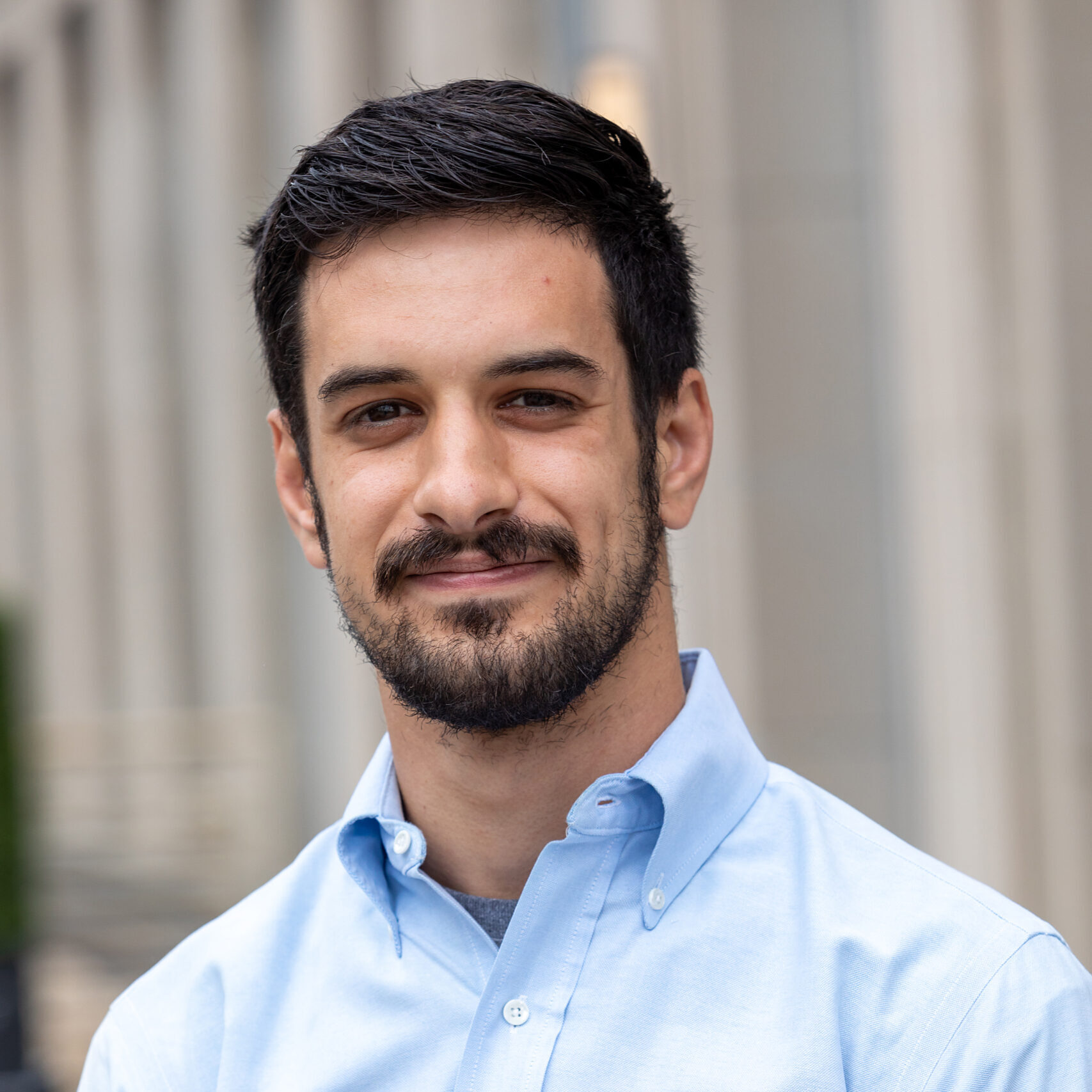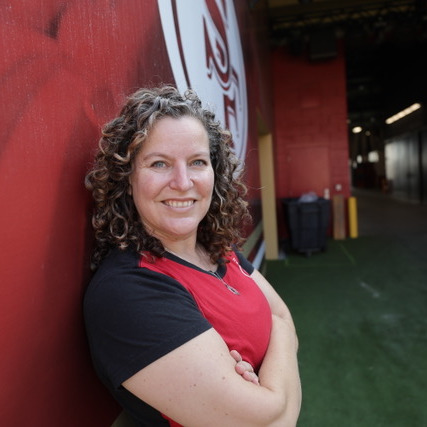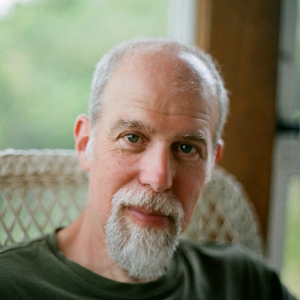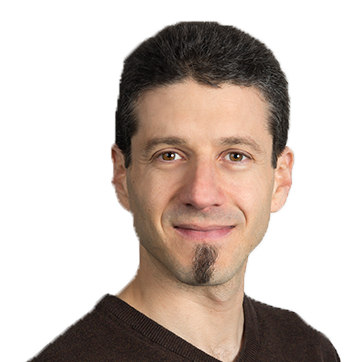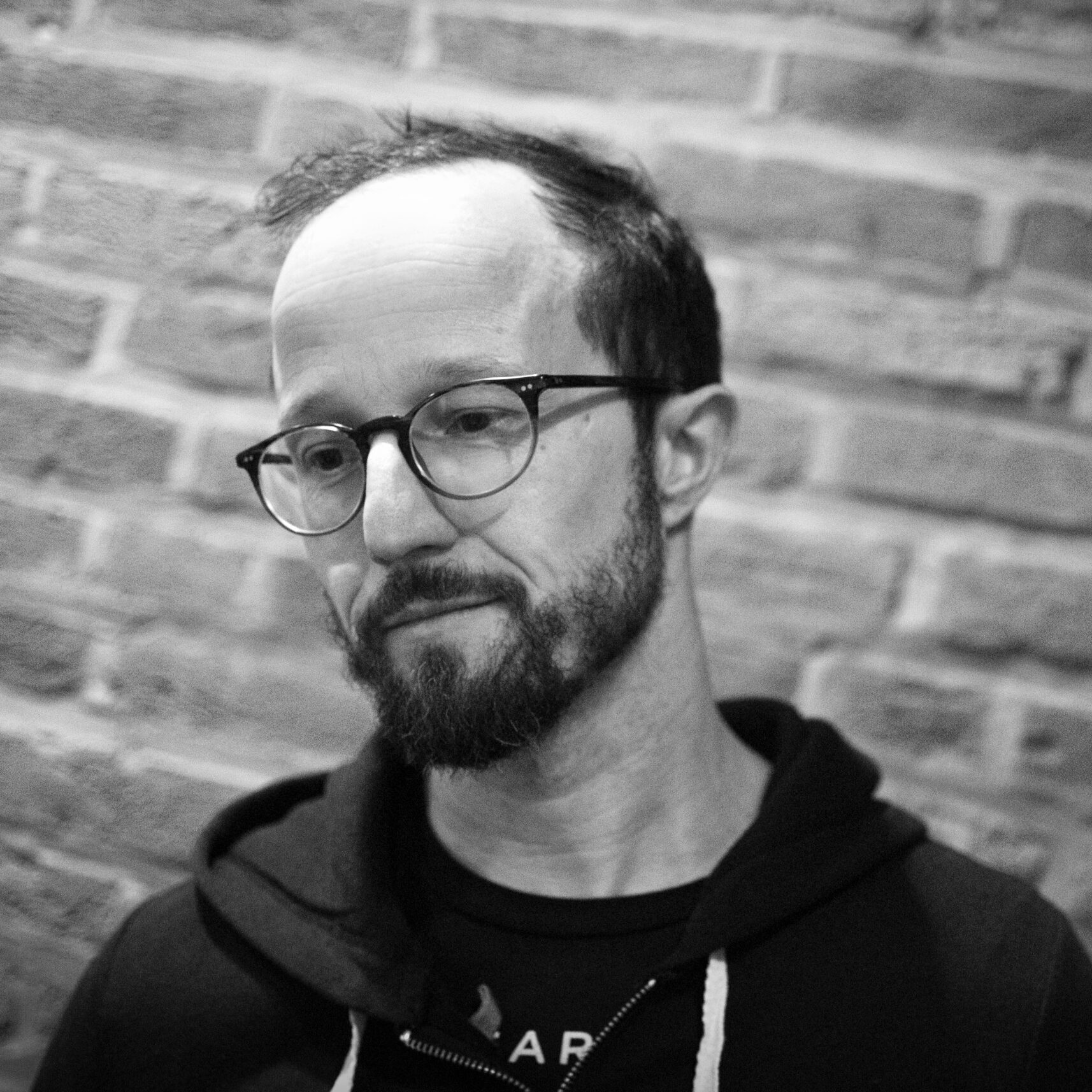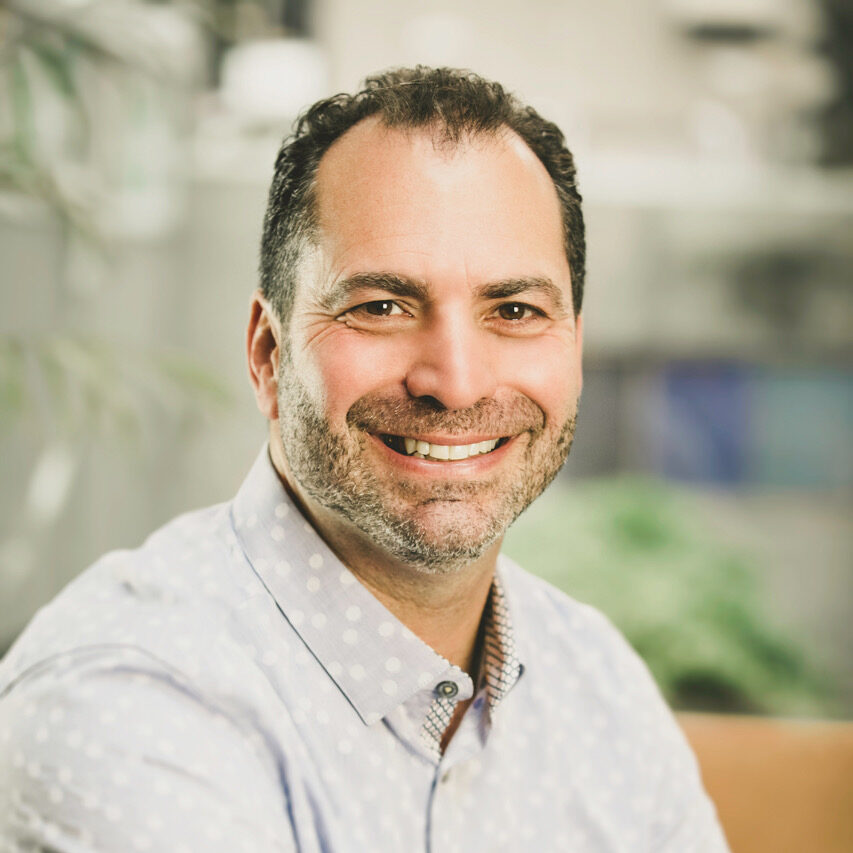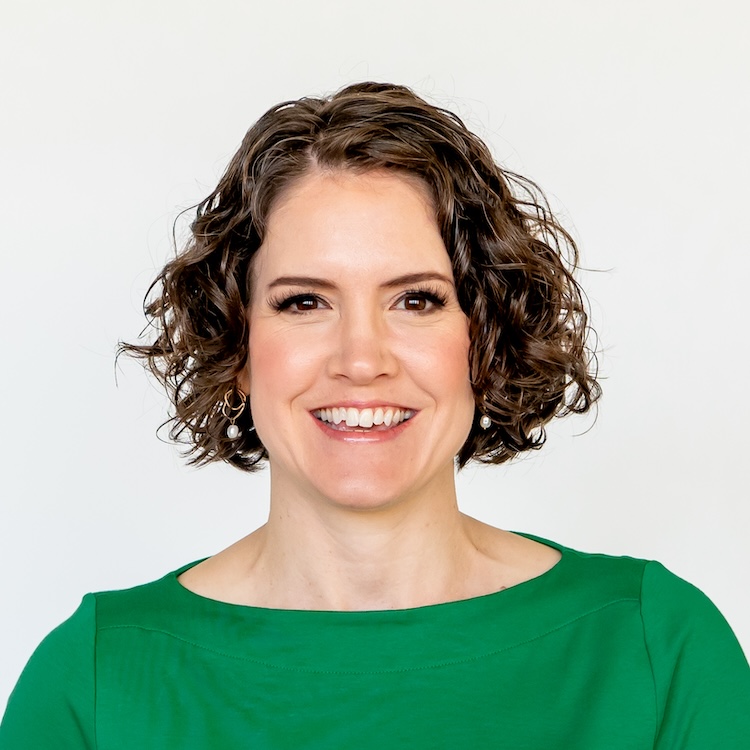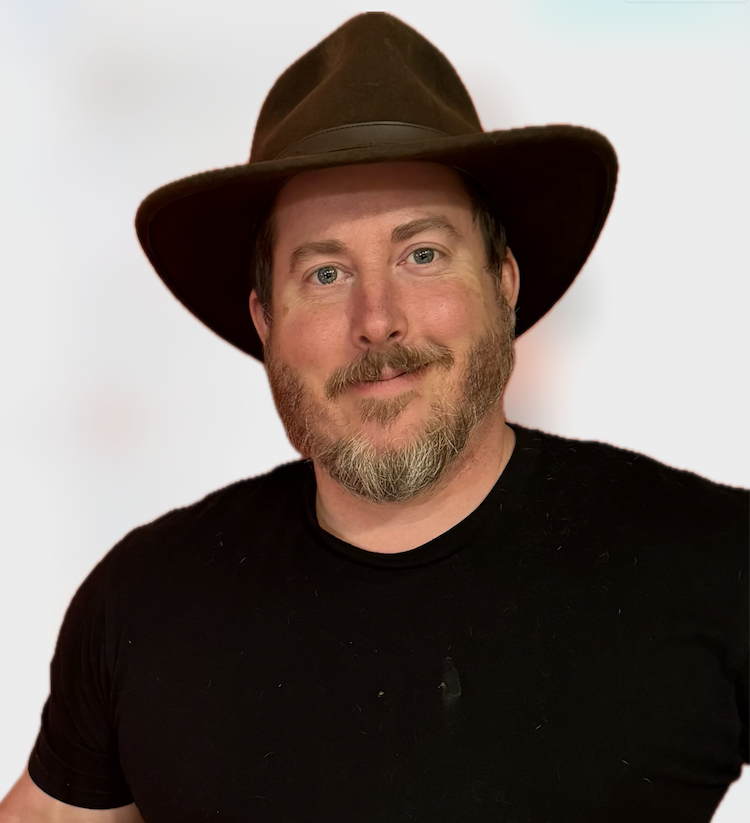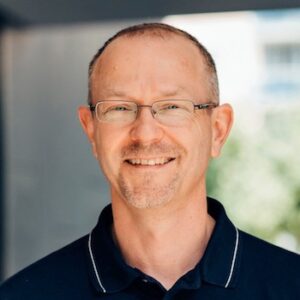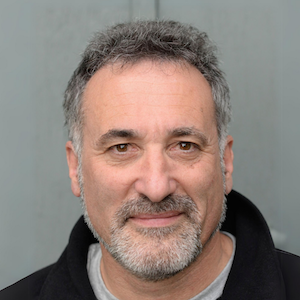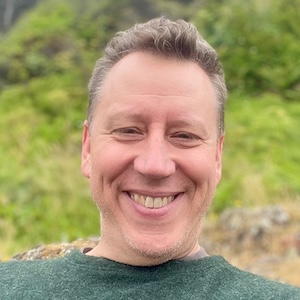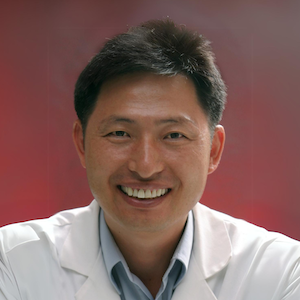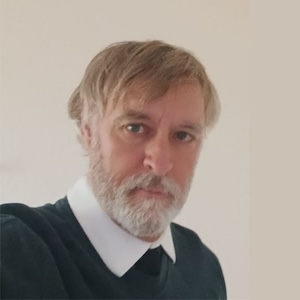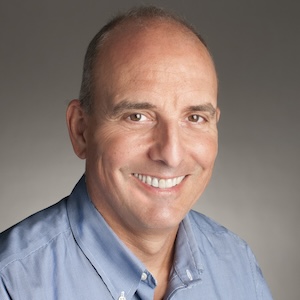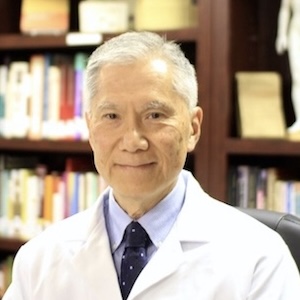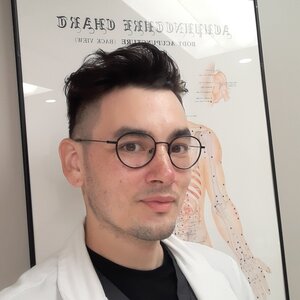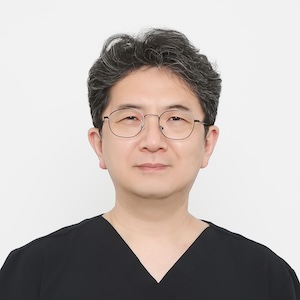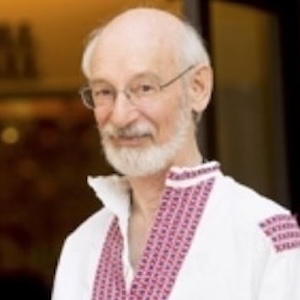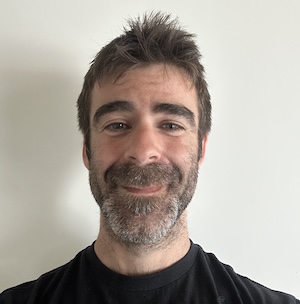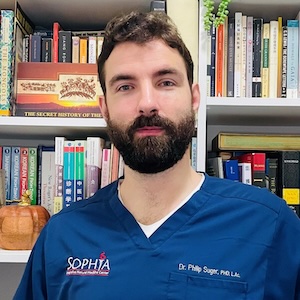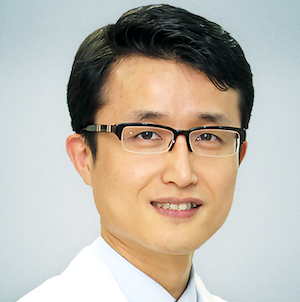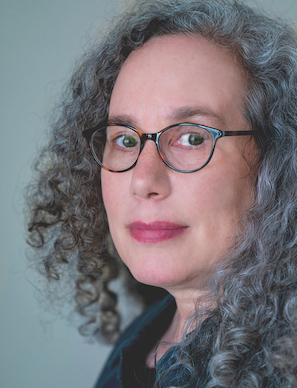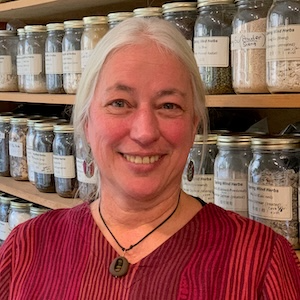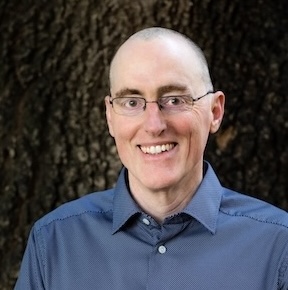Learning the basics of promoting or controlling the flow of qi through the Five Phases is an elemental part of every acupuncturist's training . We learn how the antique points can be used to nudge a response or invite a different kind of resonance into a patient's life.
The Korean Saam acupuncture tradition has been passed down through a lineage of monk/practitioners. It not only uses “wu xing” elemental qi transfer, but additionally blends it together with the the six confirmations, yin/yang organ resonance, the yi jing, and constitutional body types.
If you think that acupuncture done well is transformative, but if less skillfully applied will simply do nothing, then you'll want to listen in to this conversation and hear how our guest really took someone off the rails with four thin needles.
Powerful things can happen with this style of acupuncture and correct diagnosis is essential. Listen in and get the basics on how to begin learning this powerful method that will not only help you to help your patients, but help you better connect up what seemed like different theoretical perspectives.
In This Episode We Discuss:
- How Toby was introduced to Saam acupuncture
- A brief history of the Saam lineage
- A case sciatica going down the back of the leg to clarify the principles of treatment
- The organs are paired in a different way than you might usually think
- You are going all in with these treatments, so your diagnosis has to be spot on
- Using tonification and dispersion
- Generally speaking, it is better to add something by tonification of the deficient meridian
- There is a lot you can learn from a person’s posture, because posture can’t be faked
- Treating allergic rhinitis
- A reminder that clear diagnosis is essential
- Watch for if a patient is passive or aggressive
- The jueyin / shaoyang connection
- Correcting your errors when you’ve tonified the wrong channel
“Experts at curing disease are inferior to specialists who warn against diseases. Experts in the use of medicines are inferior to those who recommend proper diet” Zhi Chen, 11th century
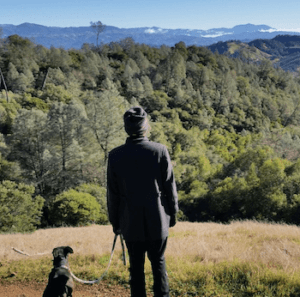 I began studying Chinese medicine in 1997 with Sunim Doam a Korean monk trained in the Saam tradition. I earned a master's degree in Traditional Chinese Medicine in 2002 upon completion of training at the American College of Traditional Chinese Medicine in San Francisco and Chengdu University in China.
I began studying Chinese medicine in 1997 with Sunim Doam a Korean monk trained in the Saam tradition. I earned a master's degree in Traditional Chinese Medicine in 2002 upon completion of training at the American College of Traditional Chinese Medicine in San Francisco and Chengdu University in China.
During my four years of training in San Francisco, I interned with Dr. Angela Wu who taught me how to apply the lofty theories I was studying in school into the pragmatic setting of a busy clinic. She also taught me how to eat an entire cheesecake in one sitting! In 2013, I developed the Chinese Nutritional Strategies app to provide digital access to the wealth of Chinese dietary wisdom. In 2016, proving once again that some people never learn, I completed a PhD in Classical Chinese Medicine under the guidance of 88th generation Daoist priest Jeffery Yuen.
Links and Resources
Here is a copy of Toby's article on using Saam Acupuncture from the Journal of Chinese Medicine
There are not many books on Saam Acupuncture, this one is a good start
There is a “part two” over on the Qiologician page for contributing subscribers. In that conversation we get into the “archetypes” of the organs, and Toby helps Michael to sort out some of problems that he's run into while learning to apply Saam acupuncture in his clinical practice.
Join the discussion!
Leave a comment on Qiological's Facebook page.
